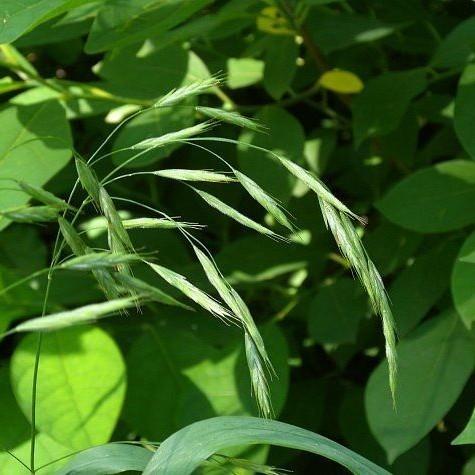
Hairy Wood Brome
Bromus pubescens
Also Known As - Common Eastern Brome,Hairy Woodland Brome,Hairy Woodland BromeWatering:
Average
Hardiness Zone:
Flowers:
Flowers
Sun:
full sun
Soil:
Sand, Loam
Leaf:
Yes
Growth Rate:
Low
Drought Tolerant:
Yes
Salt Tolerant:
Yes
Invasive:
Yes
Care Level:
Medium
watering
Pacific Brome (Bromus pacificus) is a drought tolerant grass and does well in medium to low water conditions. It should be watered infrequently, but deeply when it is needed. During the hot summer months, watering every 3 to 5 days should suffice, but frequency should be reduced during the cooler months. When watering this species, make sure the soil is completely saturated so that the water reaches the roots of the plant. After watering, check the soil beneath the surface to make sure it is still moist before watering again.
sunlight
Pacific Brome (Bromus pacificus) is a species of grass that thrives in full sun. It requires at least 6 hours of direct sunlight per day in order to grow and thrive. It prefers full sun, but can tolerate partial sun if necessary. It should be planted in an area that receives direct sunlight for most of the day, with a minimum of 4-6 hours directly in the sun. During the hottest months of summer, it may need protection from the midday sun, in which case it should receive morning or late afternoon sun in order to beware of sunburn.
pruning
Pacific Brome (Bromus pacificus) should be pruned in early spring. Prune the dead or damaged branches first before moving on to any others. When done, the plant should be shaped to help encourage further new growth and spread. When pruning, always be sure to use sharp, clean shears or pruners to get a clean cut and prevent seeping of sap. To promote a good shape, make sure to only remove 1/3 of the total growth each year. This will help ensure a healthy plant and help grow a strong, bushy plant.
